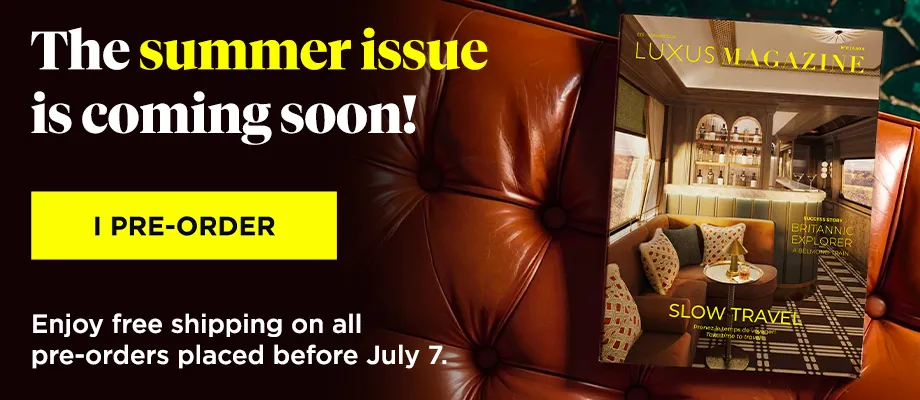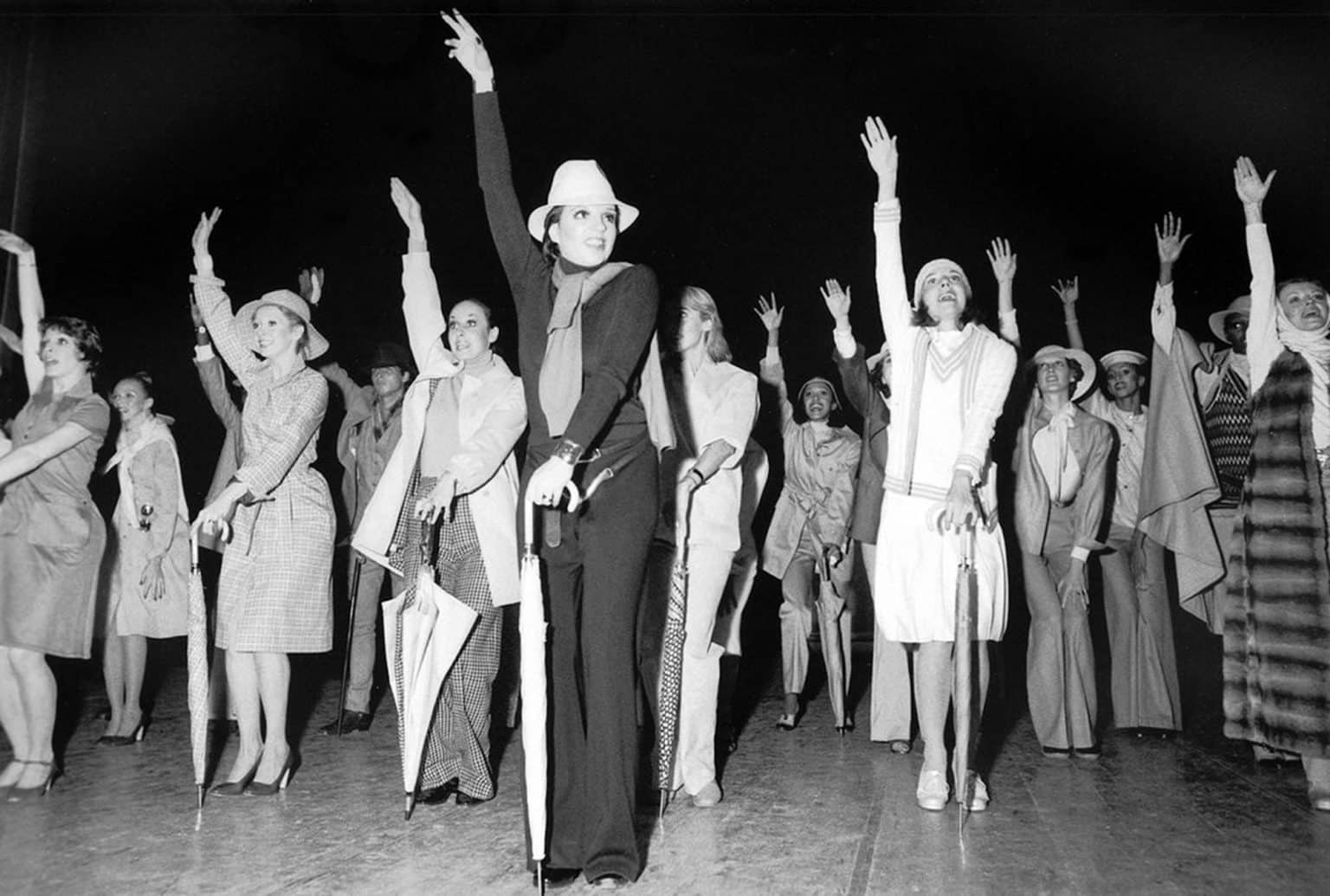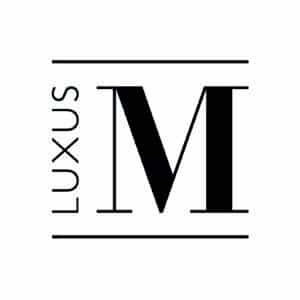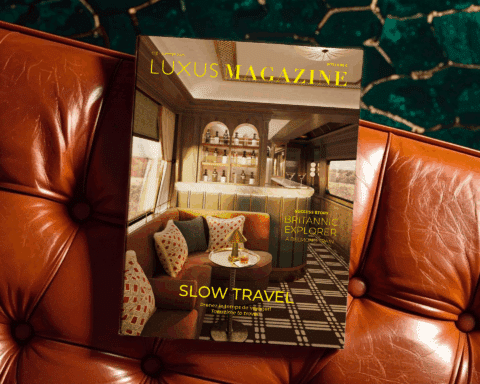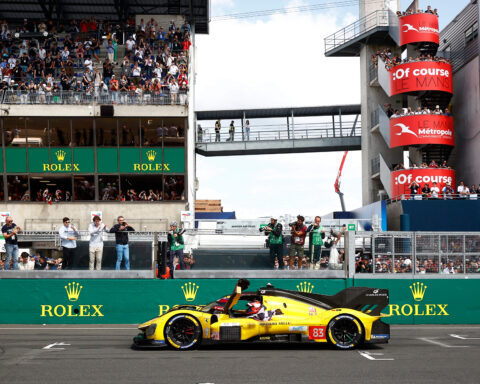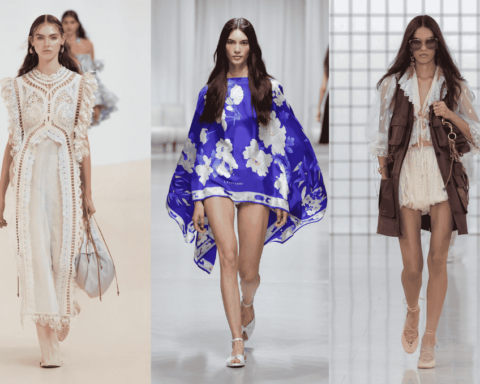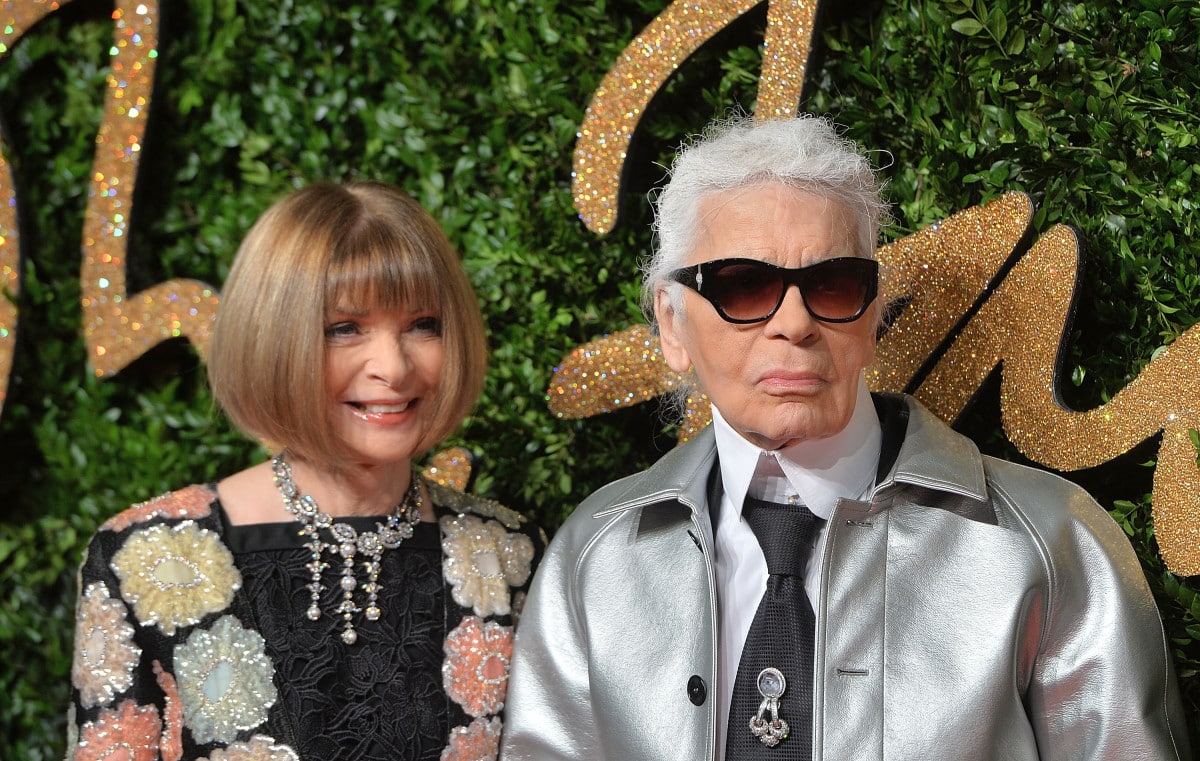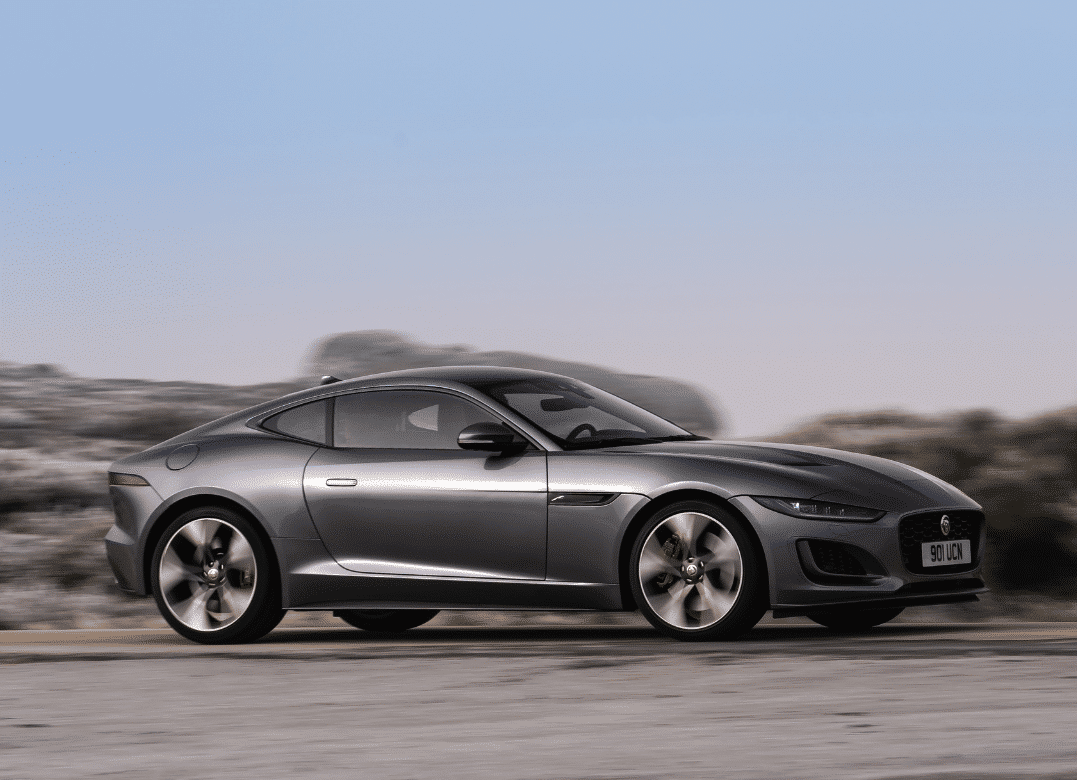If Paris has always been the undisputed capital of fashion, if French style remains THE reference in the world, an event, unique in the history of fashion, came to upset this supremacy somewhat: the prestige of the great French couturiers, without being exceeded, received, on November 28, 1973, at the Palace of Versailles, a small lesson in American avant-garde fashion…
Paris and other fashion capitals
For a very long time, the great French couturiers set the tone for international fashion, and the incomparable, unique, unequalled and probably unrivalled French style breathed the air of time into the rest of the world. The whole world agrees in recognising the excellence and genius of French fashion, which has made Paris the most illustrious and prestigious capital of elegance.
No one can dispute the fact that Paris has always retained the exclusive right to use the term “Haute Couture” since its invention in the 19th century, as it is inextricably linked to the city where it was born.
However, for several decades now, other fashion capitals have stood out in front of the cradle of Haute Couture, such as London, for its blend of creativity and conservatism, Milan, for the boldness of its colours and the excellence of its leather goods, and finally New York, for more accessible fashion and the development of ready-to-wear.
American fashion is gaining in prestige
The 20th century, which saw two periods that can be described as the “golden age” of Parisian fashion, the first after the First World War, with couturiers such as Jeanne Lanvin, Coco Chanel and Elsa Schiapparelli, the second after the Second World War, with Carven, Pierre Balmain and Christian Dior, is also the century in which American fashion slowly but surely acquired undeniable prestige.
American cinema, with its actresses, each one more sublime and elegant than the next, had a huge influence on the international public in terms of fashion, especially during periods when Europe suffered and its economy was at half mast.
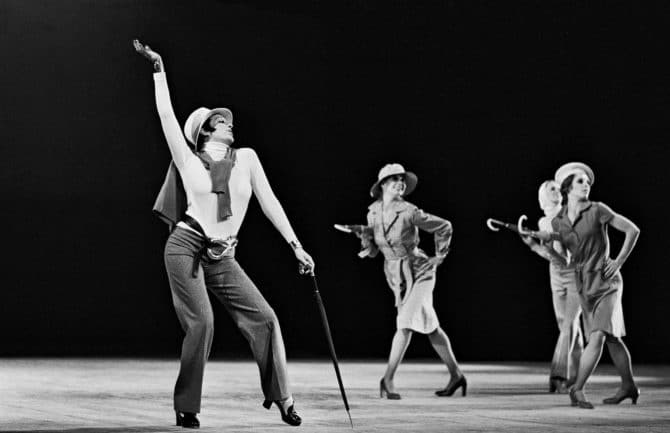
During the Second World War, for example, while France was occupied and Parisian fashion seemed to slow down, America was totally innovating with a fashion that wanted to be accessible to as many people as possible and invented what was to become ready-to-wear.
In the 1950s, when Coco Chanel created the iconic Parisian woman’s outfit and one of the masterpieces of French Haute Couture, the “Chanel suit”, American ready-to-wear gave birth to the “American look” which was intended to be a simple and accessible style for active women. It was at this time that New York became a major fashion capital and began to influence European couturiers.
In the 1960s, when London became THE fashion capital and set the tone for the spirit of the sixties, particularly with the mini-skirt, Parisian Haute Couture seemed somewhat extinct, with only 19 fashion houses, compared to 100 ten years earlier.
It was at this time that American fashion grew considerably in creativity, to the point of becoming the centre of it, with designers such as Donna Karan, Calvin Klein, Ralph Lauren, Halston, or Diane de Fürstenberg.
The Battle of Versailles
This success is such that the Americans allow themselves to believe that they are definitively freed from the dictatorship of the French style and are going to show it during an unprecedented event in the history of fashion. On 28 November 1973, the Château de Versailles was the scene of what the American press saw as a battle between French Haute Couture and the American avant-garde.

On the initiative of Eleanor Lambert, an influential American press attaché who knows how to bring talented designers to fame, a fashion show is being organised, under the pretext of a charity gala to finance the restoration work on the Château de Versailles, during which five American designers will present their creations to five French couturiers.
On the American side, the invited designers are Oscar de la Renta, Halston, Bill Blass, Stephen Burrows and Anne Klein, the latter having aroused a certain contempt on the French side, her creations being judged more than “average” because they are simple and intended for active women.
The French couturiers present were not the least of them: Yves Saint Laurent, Hubert de Givenchy, Pierre Cardin, Emmanuel Ungaro and Marc Bohan for Christian Dior only presented Haute Couture, as Pierre Berger wanted.
It is therefore a confrontation between the most prestigious of French Haute Couture and an American avant-garde that is setting the new trend in accessible ready-to-wear. In the audience we see Grâce Kelly, Jane Birkin, Liza Minelli and Andy Warhol, to name but a few. The whole Jet-Set is there.
His astonished eyes see France showcasing its ancestral know-how while the American fashion show has the audacity to be open to the future. It was necessary to dare, in front of the French genius, in front of these sublime couturiers somewhat prisoners of their style, to be resolutely modern and turned towards the future?
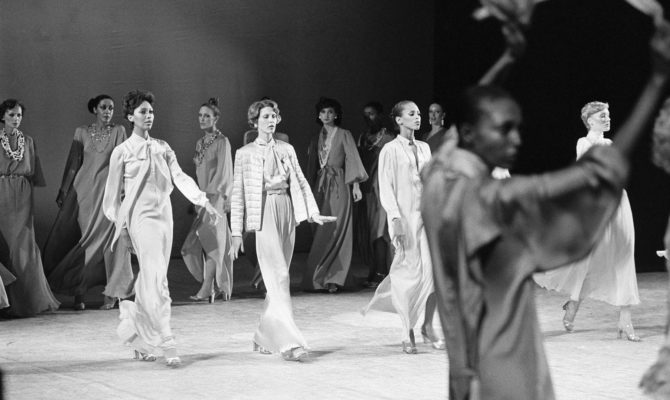
Joséphine Baker opens the French show, grandiose as one might expect. It is Liza Minelli who opens, on the American side, a parade without much staging, without an orchestra, but bewitching songs accompany models with incredible bodies. Ten of them are Afro-Americans, and their special beauty dazzles an enchanted and soon hysterical audience, which gives a standing ovation and launches a shower of brochures to mark the American triumph.
Eleanor Lambert has won her bet: American fashion has shown its prestige, it is not just a ready-to-wear industry, the designers have their own genius, which can assert itself without complex in the face of French excellence. “By the time the spotlights went out and the curtain came down on the evening’s show, the history of fashion was born; its industry was forever transformed“, said Robin Givhan, fashion critic for the Washington Post, in his book The Battle of Versailles (2015) .
Read also > THE GREAT COLLABORATIONS IN THE HISTORY OF FASHION AND LUXURY (EPISODE 4)
Featured photo : © Dazed Digital

